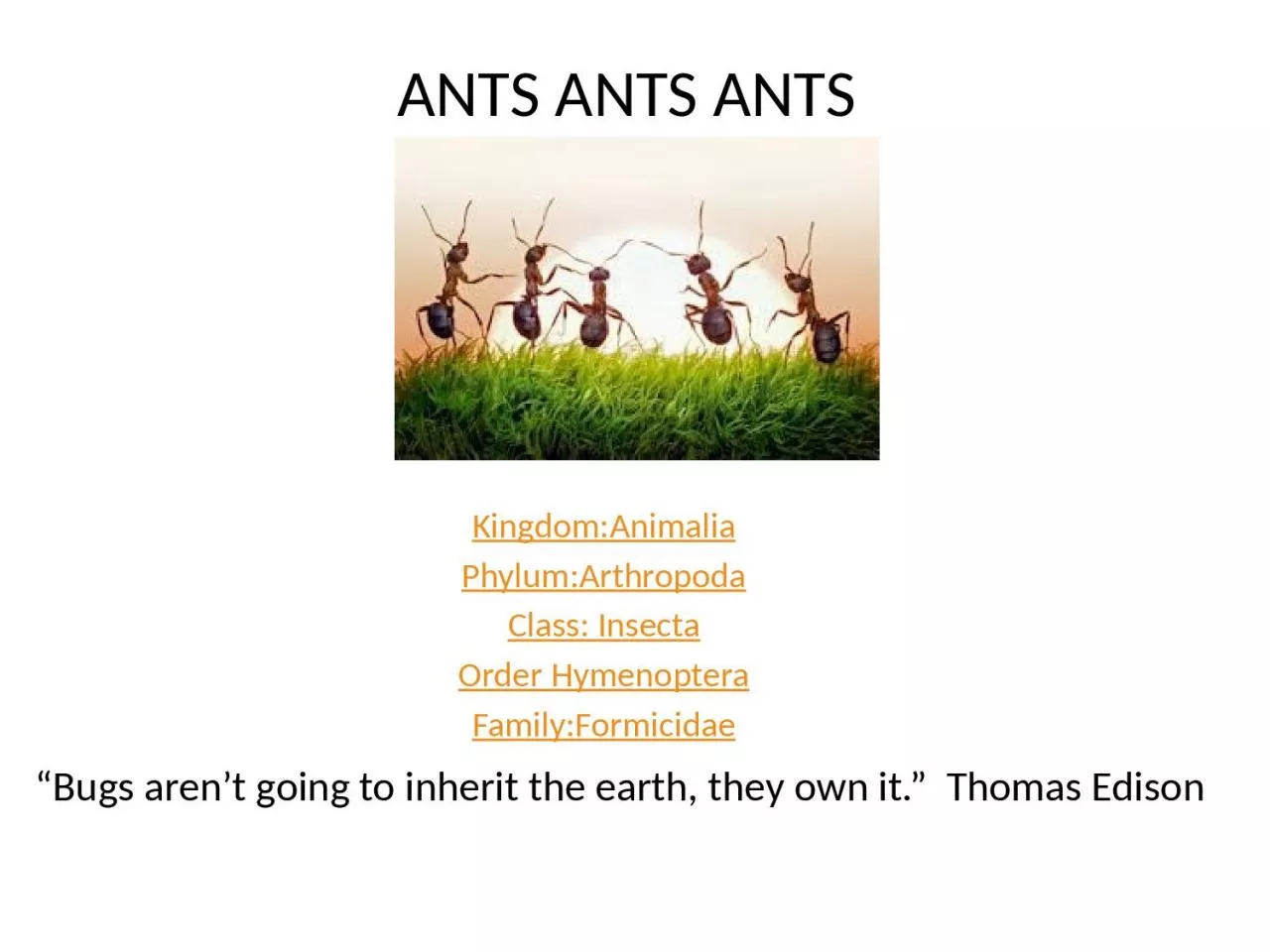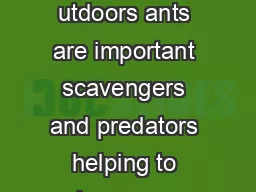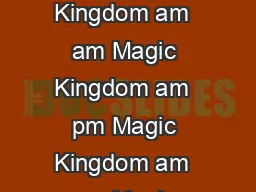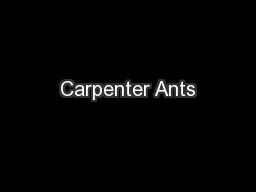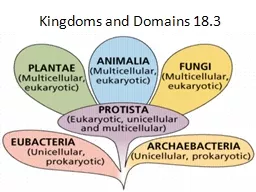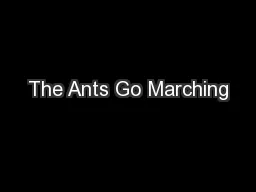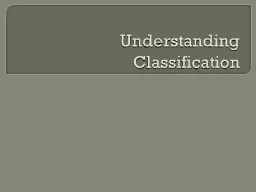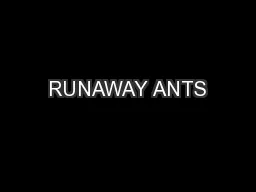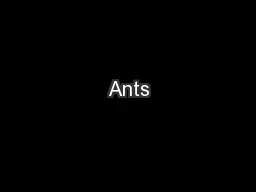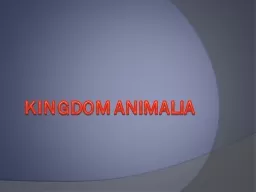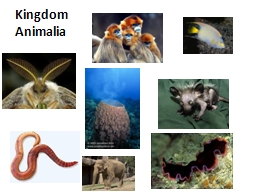PPT-ANTS ANTS ANTS Kingdom:Animalia
Author : mia | Published Date : 2022-06-07
PhylumArthropoda Class Insecta Order Hymenoptera FamilyFormicidae Bugs arent going to inherit the earth they own it Thomas Edison Ants are Arthropods of the order
Presentation Embed Code
Download Presentation
Download Presentation The PPT/PDF document "ANTS ANTS ANTS Kingdom:Animalia" is the property of its rightful owner. Permission is granted to download and print the materials on this website for personal, non-commercial use only, and to display it on your personal computer provided you do not modify the materials and that you retain all copyright notices contained in the materials. By downloading content from our website, you accept the terms of this agreement.
ANTS ANTS ANTS Kingdom:Animalia: Transcript
Download Rules Of Document
"ANTS ANTS ANTS Kingdom:Animalia"The content belongs to its owner. You may download and print it for personal use, without modification, and keep all copyright notices. By downloading, you agree to these terms.
Related Documents

